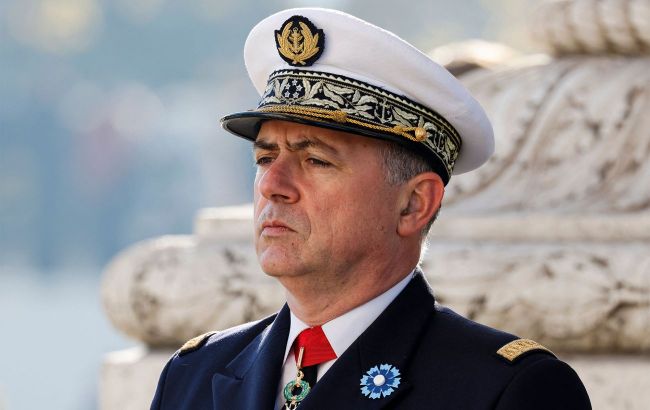NATO gets new tool to track Russian troops in Ukraine and Eastern Flank
 Photo: Pierre Vandier (Getty Images)
Photo: Pierre Vandier (Getty Images)
NATO is expanding its satellite surveillance capabilities to scan large areas of territory. This will enable the alliance to track military movements in Ukraine and on Russia's borders with its eastern members, according to Admiral Pierre Vandier, NATO's commander for concepts and transformation.
Vandier said that the new tool will enable the alliance to monitor vast territories for the first time, allowing it to observe maneuvers, troop movements, and combat operations.
"Today we’re not certain the Russians will stop at Ukraine," Vandier said, stressing the importance of reassuring countries on the eastern flank of the alliance. "We’ll be able to tell them: we’re watching," he added.
New technology
NATO announced that it has selected US satellite imagery provider Planet Labs for a new initiative called Smart Indication And Warning Broad Area Detection (SINBAD). Its goal is to scan areas of the globe very frequently throughout the year, while AI helps to flag any changes and issue warnings.
According to a NATO representative who wished to remain anonymous, this technology could also be used to monitor the Arctic, which is becoming increasingly important to NATO due to the growing ambitions of Russia and China in the region.
NATO plans
NATO began developing a space surveillance system after Russia's full-scale invasion of Ukraine in 2022. According to the alliance representative, SINBAD is a pilot project being launched ahead of a larger deployment of NATO's space surveillance system, planned for January 2026.
Space surveillance is one of the key areas in which NATO relies heavily on US capabilities. Other alliance members are trying to balance their dependence on the US after President Donald Trump turned away from Europe to focus on threats from Asia.
Last week, NATO defense ministers approved one of the most ambitious commitments to increase weapons stockpiles since the Cold War as part of efforts by Europe and Canada to rearm and take more responsibility for their defense from the US.
At the NATO leaders' summit in The Hague on June 24-25, allies are likely to agree on a new spending target of five percent of GDP, including 3.5 percent for core defense spending and 1.5 percent for defense-related spending, which is one of Trump's key demands.
The ability to monitor compliance with a possible ceasefire in Ukraine has been the focus of European attention. At the same time, a coalition led by France and the UK is exploring options and hopes to enlist US support.

